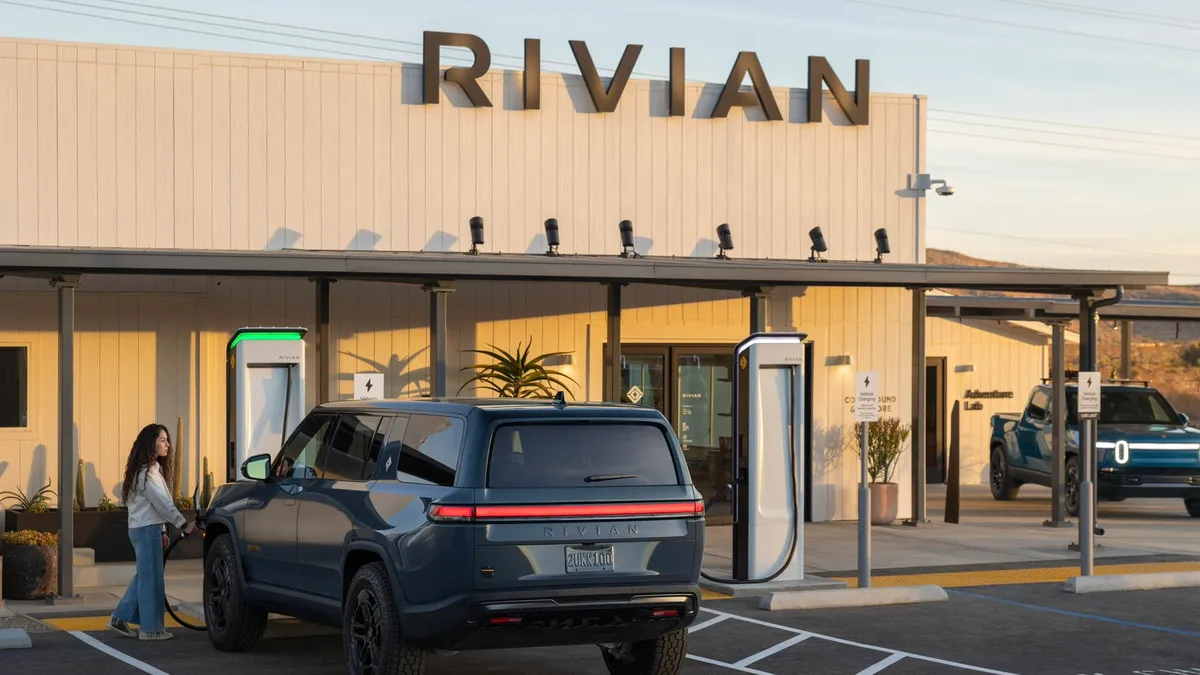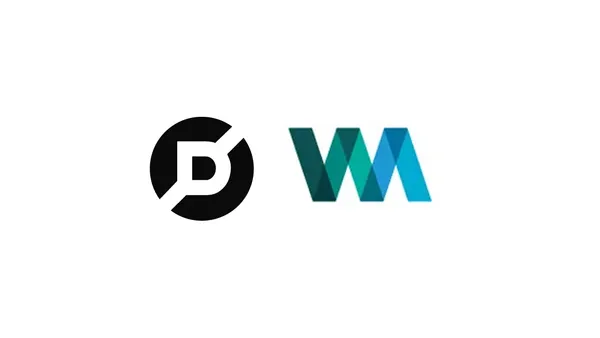Dive Brief:
- Ford Motor Co. has entered into an unsecured $3 billion term loan credit agreement with a group of major lenders, with JPMorgan Chase serving as the administrative agent, according to a July 28 Securities and Exchange Commission filing.
- The automaker has access to the capital through July 28, 2026, and any funds drawn from the facility will mature on Dec. 31, 2028. However, any loan amounts repaid cannot be reborrowed.
- As a condition of the agreement, Ford must maintain a minimum of $4 billion in liquidity, which includes cash, marketable securities, and availability under its other credit facilities, according to the filing.
Dive Insight:
The unsecured $3 billion loan agreement signals a sign of confidence from Ford’s institutional lenders, which include Barclays, Deutsche Bank Securities, Goldman Sachs and Morgan Stanley. The automaker is not required to put down any company assets as collateral.
In addition, the loan includes a material adverse change conditions clause. Ford's ability to draw upon the funds is not subject to any adverse change conditions or credit rating triggers, which means that the company can still access the loan even if its financial condition changes or its credit rating is downgraded.
In May, Morningstar confirmed Ford’s credit rating as BBB (low), citing its conservative financial policy and solid balance sheet over the past few years. Morningstar expects that Ford will remain significantly profitable, but its rating indicates that Ford’s business is still vulnerable to adverse economic conditions.
Earlier this month, Ford reported Q2 sales of 612,095 vehicles, a 14.2% year-over-year increase. Truck sales, including F-Series pickups, were up 15.1% from last year.
But Ford and other automakers face uncertainties in the short term around significant changes in tariffs and trade policies that could impact vehicle sales, increase supply chain costs and erode profits. The current business climate led to Ford, General Motors and Stellantis suspending their full-year guidance in the spring.
In May, Ford said that tariffs would result in a $2.5 billion decline in gross profit and a $1.5 billion decline in net profit in 2025. While its rival GM expects tariffs to cost between $4 billion and $5 billion this year. Stellantis, however, has since reinstated its previous forecast, although the automaker reported a 13% year-over-year decline in H2 revenue this year.
In April, a Tariff Impact Analysis report published by the Center for Automotive Research concluded that tariffs will raise costs for all domestic automakers by $107.7 billion in 2025.
But securing the loan helps ensure that Ford can better withstand any unexpected downturn in its business, including a recession. It also provides the automaker with more flexibility in its medium-term capital planning, which includes investments in electrification to launch new hybrid models.
The funds can also be used to address a record-high number of recalls in 2025 that extend to over 5 million vehicles since Jan. 1. Two weeks ago, the automaker recalled around 694,000 vehicles for fuel injectors that may crack and leak fuel. It followed a recall of 850K vehicles for low-pressure fuel delivery module failures that have led to engine stalling while driving.
Addressing the high number of recalls and performing the necessary repairs under warranty could be costly for Ford.













